Dinesh Elumalai explains everything you ever wanted to know about ChatGPT but were afraid to ask.
Unless you have been living under a rock, you have evidently heard of the new Artificial Intelligence chatbot ChatGPT. This AI-supported chatbot, created by OpenAI, is utterly dominating the internet. Everyone, from school children to working adults, is mesmerized by how this AI chatbot responds to inquiries. In fact, ChatGPT is viewed as a potential competitor of Google Search-let alone Wikipedia.
This is a major event. In areas where there is sufficient training data for it to learn from, the tool is knowledgeable. It is not yet omniscient or intelligent enough to completely replace all people, but it is capable of being inventive and its responses can sound downright authoritative. Within a few days of its debut, ChatGPT had been used by more than a million people.
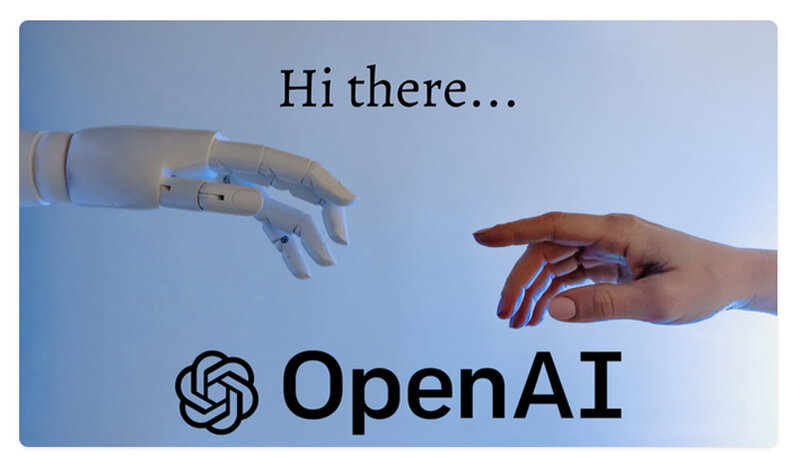
Be cautious though, as ChatGPT “may occasionally generate incorrect or misleading information.” Here is a look at ChatGPT’s significance and current state.
What is ChatGPT
OpenAI created the ChatGPT, large language model chatbot based on GPT-3.5. It is remarkably capable of engaging in conversational dialogue and responding in a way that occasionally seems surprisingly human.
The task of projecting the following word in a string of words is carried out by large language models.
Reinforcement and an additional training layer called Learning with Human Feedback (RLHF) makes use of human feedback to teach ChatGPT how to follow instructions and produce responses that are acceptable to people.
Natural language processing (NLP), a branch of machine learning, is used by the chatbot to create responses to user questions and commands. According to ChatGPT- “A dataset of internet text was used to train its artificial intelligence (AI), which can now respond to commands by producing text that sounds like human speech. It can be used for a range of NLP tasks, including question answering, text summarization, and language translation.”

You could, for instance, ask it to explain Newton’s laws of motion in an encyclopedia question. Even ask it to author a poem for you and then instruct it to make it more exciting. You request that it develop a computer program that will list every possible word combination.
The problem is that ChatGPT does not really know much. It is an AI that has been trained to identify patterns in sizable amounts of text that has been taken from the internet and then further trained with the help of humans to produce more helpful, better dialogue. As OpenAI cautions, the answers you receive might seem reasonable and even convincing, but they could also be entirely incorrect.
Who is the creator ChatGPT?
OpenAI, a company that conducts artificial intelligence research out of San Francisco, is the entity that created ChatGPT. Its goal is to create an artificial general intelligence system that is “safe and beneficial,” or to assist others in creating one. OpenAI Inc., a non-profit organization, is the parent company of the OpenAI LP.
Thanks to DALL-E, which uses text prompts you enter to generate what is now known as “generative art,” and GPT-3, which can produce text that can sound like it was written by a human but was actually created by a machine. It has already attracted attention.

A type of AI technology known as large language models are used in the GPT-3 and GPT 3.5 updates, on which ChatGPT is based. They can be taught automatically, typically over the course of several weeks using a tremendous amount of computing power, to generate text based on what they have observed. As an example, the training process could choose a random paragraph of text, take out a few words, ask the AI to fill in the blanks, compare the result to the original, and then praise the AI system for coming as close as possible. An advanced ability to produce text can be achieved by repeatedly repeating.
How to Utilize ChatGPT?
Notably, ChatGPT can only be accessed through a website; an official app has not yet been made available by the business. So, beware of duplicate or fake apps that appear to be official ChatGPT apps and are available on the app stores.
To use ChatGPT:
1. Open the following URL chat.openai.com/
2. Register and access using your email id and phone number.
3. After signing up you will prompt to main page. Under the info about ChatGPT, you could see a search bar similar to chat box type in other social media.
4. Type your question in the search bar and enter.
5. The AI will take a few seconds and will give you a related prompt.
Notably, you can enter straightforward commands like “Write an essay on Republic Day” as well as challenging queries like codes. You might experience some issues loading the website or submitting your query due to the high user load. To continue using the page, you can wait or refresh it.
What are the limitations of ChatGPT?
OpenAI emphasizes that ChatGPT can deliver false information. On occasion, it will explicitly warn you of its own shortcomings, which can be useful.
However, ChatGPT was willing to try to define it as “a situation in which the facts or information at hand are difficult to process or understand” when I typed that phrase directly. The cautions that it is difficult to judge without more context and that there are other possible interpretations were sandwiched around this interpretation.
The answers provided by ChatGPT might seem right but actually be wrong.
If you ask it a very well-structured question with the intention that it gives you the right answer, you will probably get the right answer, according to Mike Krause, data science director at a different AI company, Beyond Limits. “It will sound like it was written by a Harvard professor and will be succinctly stated. You will get nonsense if you throw it a curveball, though. The software developer forum StackOverflow has banned ChatGPT answers to programming questions. The administrators cautioned that posting answers produced by ChatGPT is significantly harmful to the website and to users who are requesting or seeking accurate responses “because the average rate of getting accurate answers from ChatGPT is too low.”

But the fact that it even offers a solution is a significant development in computing. Computers are notoriously literal, not allowing you to use them unless you follow their strict interface and syntax rules. In addition to showing a more approachable communication style, large language models are also showing the ability to produce responses that fall somewhere between copying and creativity.
What is prohibited?
ChatGPT is designed to weed out “inappropriate” requests in order to guarantee that artificial general intelligence benefits all of humanity.
According to ChatGPT, questions are not permitted “that are inappropriate, offensive, or discriminatory. This includes inquiries that are sexist, homophobic, transphobic, or otherwise hateful or discriminatory.” Asking it to engage in illegal activity is another no-no.

Is Google outperformed by this search engine?
Questioning a computer, and getting an answer from it can be useful, and ChatGPT frequently does this.
Google often gives you access to links to websites that it thinks will be pertinent as well as its own recommended solutions to queries. Because ChatGPT frequently offers solutions that are far superior to those that Google will suggest, it is simple to view GPT-3 as a rival.
However, think twice before putting your trust in ChatGPT. As with Google itself and other information sources like Wikipedia, it is best to confirm information from reliable sources before relying on it.
You have to put some effort into confirming the accuracy of the answers because ChatGPT only gives you raw text without any links or citations. However, it can occasionally be beneficial and even thought provoking. Google has already made extensive use of AI and created sizable language models of its own, despite the fact that ChatGPT may not be directly visible in Google search results.
We trust you guys would have got insights from this article, hope you might know much more than provided, if any such information or details kindly do mention in the comment section we will review and compose those details in our future articles.

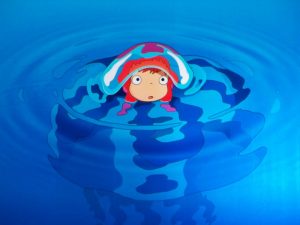

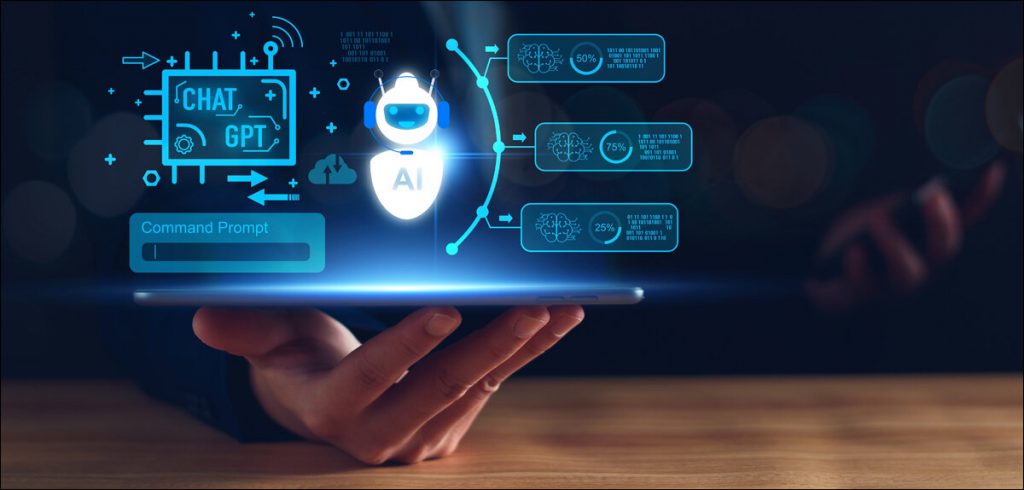
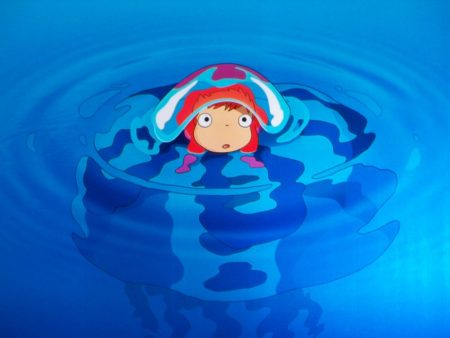

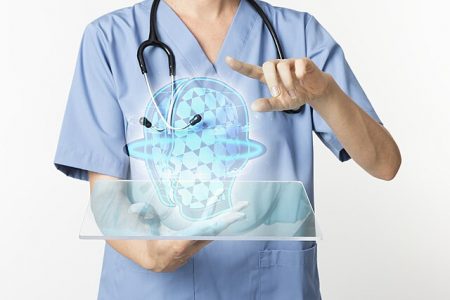



1 Comment
Thanks for explaining in detail about ChatGPT. I have made an L-Shape Sofa Cover website where I was thinking about whether to use ChatGPt, and this blog helped me understand.